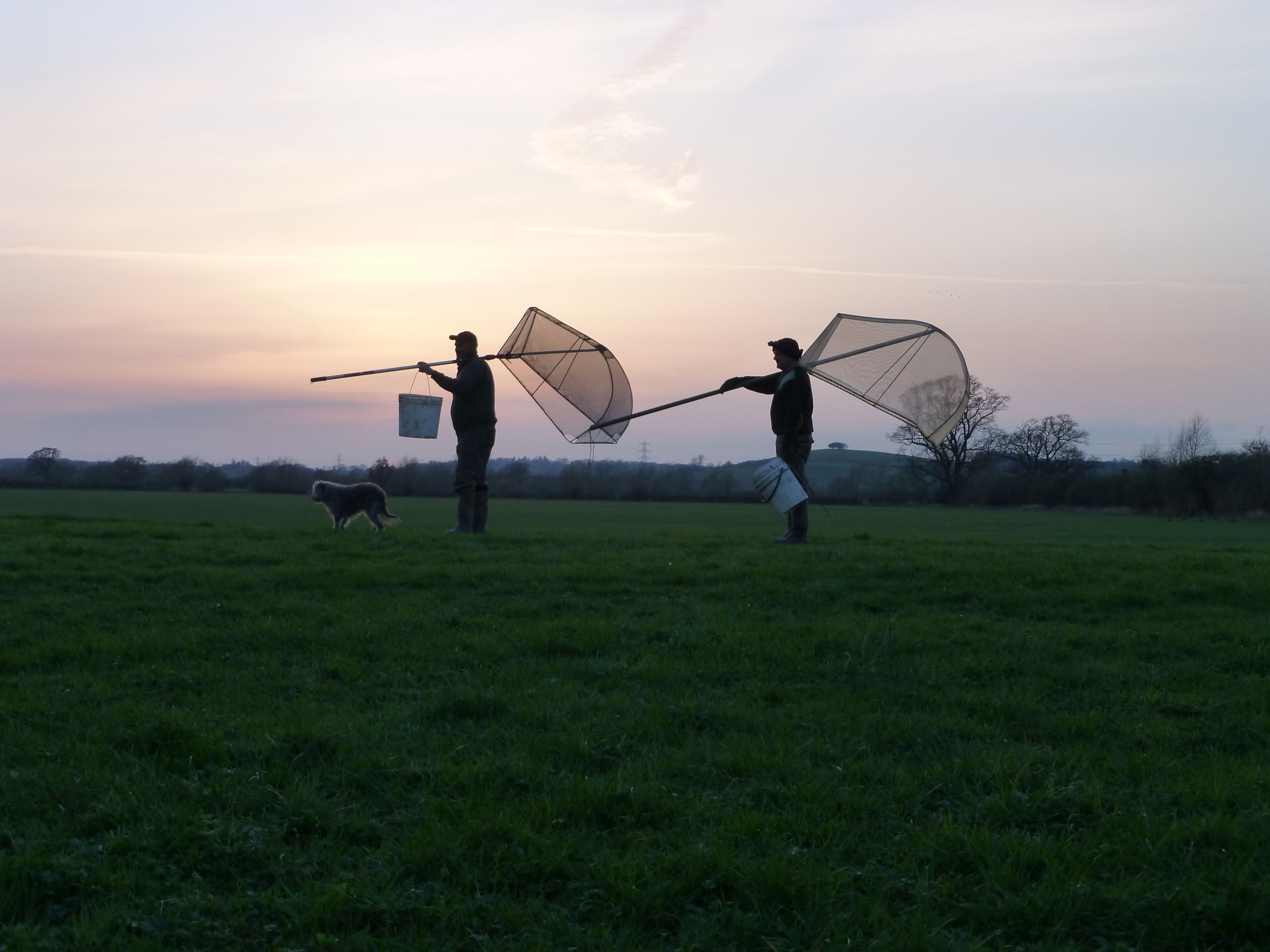R-eel-y good news
Under the cover of darkness a wriggling, glutinous mass is attempting to squirm its way up our rivers and out across the county. This is not a horror script, but a real-life good news story about the return of one of our most endangered and remarkable fish – the European Eel
Parts of the UK’s west coast are currently under siege from a mass of baby eels known as glass eels or elvers that have spent up to two years drifting across the Atlantic to return to the UK so they can develop into adults.
And this spring, millions of the translucent glass eels have arrived at estuaries in numbers estimated to be ten-times the amount seen last year.
To develop into adults, the fish must abandon their saltwater habitats and swim up tidal rivers where they either settle or disperse into smaller tributaries, streams, ditches, drains and ponds.
This record number of elvers is good news because the European Eel has suffered a massive slump during the last four decades as habitat loss and over-fishing have taken their toll. The eel is now classified as a critically endangered species – the same criteria bestowed upon the Giant Panda and the Tiger.
Historians will view the eel decline as something of a shock because this was once a widespread fish and staple of the poor as far back as the Domesday Book, as well as being a dubious delicacy in recent times in the form of the infamous ‘jellied eel’.
But this spring’s record harvest does not necessarily mean the future is rosy for the fish. A huge challenge lies in wait for these baby eels as the majority of their routes up-river are blocked by weirs, dams, flood defences and man-made barriers.
Andrew Kerr, chairman of the Sustainable Eel Group (SEG) explains: “We have had a big eel harvest this year but the problem remains that the elvers struggle to get past flood and tidal defences and other obstacles to reach their nursery habitats where they will grow and develop.
“Instead, they become stranded down-river where they will starve and die or succumb to predation.”
Around 90% of glass eels die when stranded on the wrong side of river barriers – leaving an ultimately unsustainable number to get through and develop into adults.
So this year conservationists have swung into action to help the baby eels negotiate these river obstacles.
Nights with a high spring tide and no moon overhead represent the optimum conditions for elvers to make their up-river dash, so in recent weeks, on selected riverbanks, hundreds of fishermen have gathered clasping giant, over-sized nets.
More than a million eels were scooped up in one evening alone on Somerset’s River Parrett with similar operations due to take place on the Severn and other rivers. Once captured, the eels are held in storage tanks and then moved up-river, beyond the obstacles where they can continue their journey unhindered.
SEG and their partners are also working to create routes and passes to help eels negotiate obstacles as they migrate up stream.
The next phase of SEG’s plan is to return eels to Eastern England – a former stronghold of the fish. The fens of East Anglia, the Norfolk Broads and the wetlands of Lincolnshire used to hold massive eel populations but dramatic habitat loss has seen their numbers tumble alarmingly.
Once eels safely reach their upstream nursery grounds they can take anything from five to 15 years to fatten up and reach adulthood. When mature they travel back downriver for the next incredible stage of their life cycle.
Adults migrate back out across the Atlantic, reversing the journey made in infanthood, until they reach the seaweed-strewn Sargasso Sea east of Bermuda. Once here, they breed and die.
Before proof of the eels’ life cycle was discovered last century, multiple theories abounded as to where eels came from, with bizarre tales like how the fish grew from the hair of dead sailors.
But just as eels face a problem travelling up-river they also face the same problem getting back out to sea.
Countless eels and other migratory fish are turned into mincemeat as they are chopped up as they try to exit through water pumps. SEG are working to create eel-friendly exits that help the fish negotiate these barriers safely.
This year’s bountiful elver harvest offers a ray of hope that should not be wasted. Kerr explains: “Nature is incredibly robust, when it gives us a fantastic harvest we really need to use it. There’s definite hope for the future of the European Eel in then UK.”
:: For information about efforts to save the eel visit www.sustainableeelgroup.com
Latest posts by Sally - Silversurfer's Editor (see all)
- The Boom Radio All Time Chart - April 11, 2025
- Discover Oregon: Your Ultimate Adventure Awaits with Non-Stop Flights from London Heathrow - April 11, 2025
- Discover the beauty of Scotland with Largo Leisure Holidays - April 10, 2025
- Do you feel happy living in the United Kingdom? - April 10, 2025
- Planning ahead for peace of mind - April 9, 2025





















